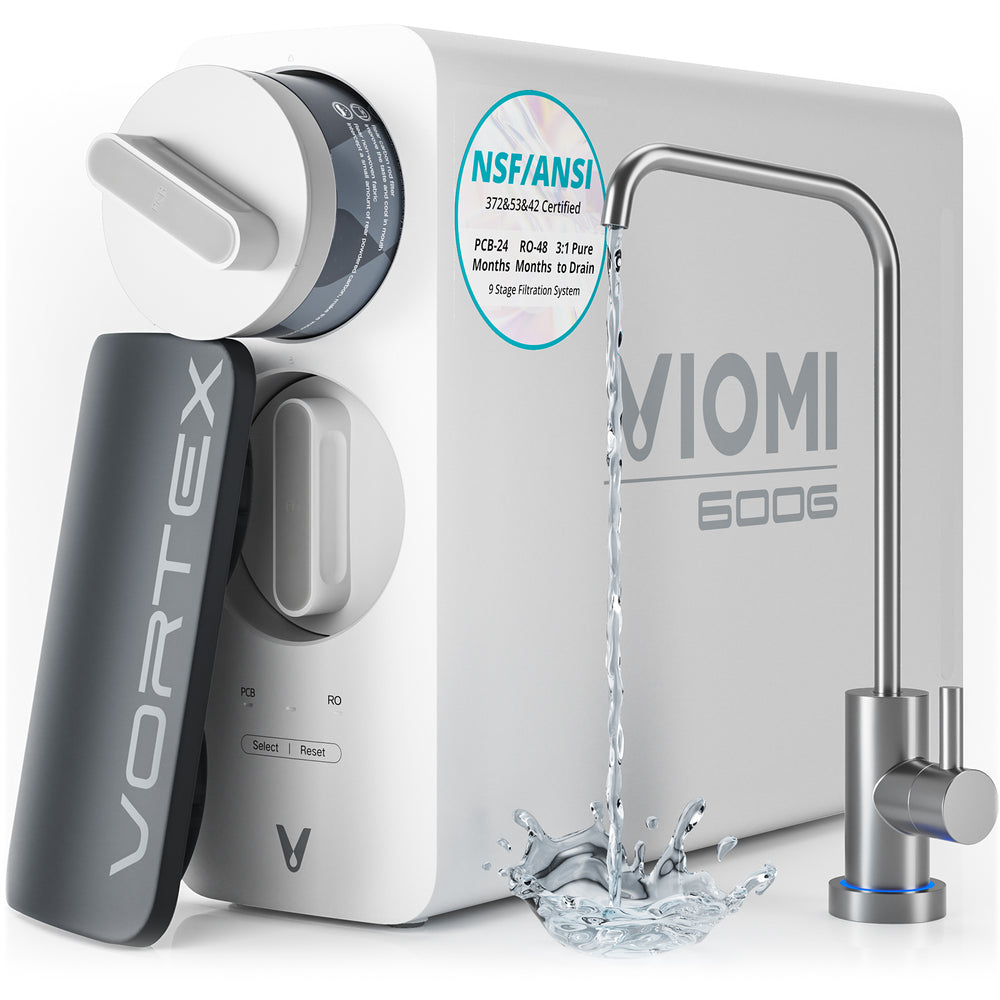Unlocking the Secrets of Water Purification: Discover the Power of Reverse Osmosis vs. Nanofiltration!
In an era where clean water is becoming increasingly scarce, the importance of effective water purification technologies cannot be overstated. With rising populations and industrial demands, the quest for safe and potable water has led to the development of various purification methods. Among these, reverse osmosis and nanofiltration stand out as two prominent technologies used in residential, commercial, and industrial applications. This article will delve deeper into these two methods, exploring their differences, applications, and effectiveness in purifying water. Understanding these technologies can empower individuals and organizations to make informed decisions about their water purification needs.

Understanding Water Purification Technologies
Water purification is the process of removing contaminants from water to make it safe for consumption and use. This is crucial not only for health reasons but also for environmental sustainability. Various methods exist to achieve water purification, ranging from simple filtration to advanced technologies. Among these, reverse osmosis (RO) and nanofiltration (NF) are notable for their efficiency in removing a wide range of impurities. Reverse osmosis utilizes a semi-permeable membrane to separate contaminants from water, effectively filtering out dissolved solids, bacteria, and other harmful substances. In contrast, nanofiltration operates at a slightly different level, allowing certain beneficial minerals to pass through while removing larger molecules and some contaminants. Both methods have unique advantages and specific applications, making them integral to modern water treatment systems.
What is Reverse Osmosis?
Reverse osmosis is a water purification technology that forces water through a semi-permeable membrane, effectively trapping impurities on one side and allowing clean water to pass through. The process relies on pressure to overcome osmotic pressure, which is the natural tendency of water to move from an area of low solute concentration to one of high solute concentration. This technology is equipped with several components, including pre-filters to remove larger particles, the RO membrane itself, and post-filters to polish the water before it reaches the tap. Reverse osmosis is particularly effective at removing contaminants such as salts, heavy metals, and microorganisms, making it a popular choice for both home water systems and large-scale desalination plants. A friend of mine who installed a reverse osmosis system in her home often shares how the taste of water improved significantly, emphasizing the system's ability to eliminate chlorine and other unpleasant flavors.
What is Nanofiltration?
Nanofiltration is another advanced water purification technology that operates similarly to reverse osmosis but allows some dissolved minerals to pass through the membrane while effectively removing larger contaminants. The nanofiltration process utilizes membranes with pore sizes in the nanometer range, capable of filtering out divalent and larger monovalent ions, organic molecules, and some microorganisms. Common applications of nanofiltration include softening hard water, removing pesticides and larger organic molecules, and treating wastewater for reuse. One of the key advantages of nanofiltration is its ability to retain beneficial minerals like calcium and magnesium, which are often stripped away by reverse osmosis. This characteristic makes it an attractive option for those looking to improve water quality without sacrificing essential minerals. A colleague who works in a water treatment facility often recounts how nanofiltration is employed to provide high-quality water for agricultural use, allowing crops to thrive without the risk of harmful contaminants.
Comparison of Reverse Osmosis and Nanofiltration
When comparing reverse osmosis and nanofiltration, several factors come into play. Firstly, filtration capabilities differ; reverse osmosis can remove a wider range of contaminants, including salts and heavy metals, while nanofiltration is better suited for specific organic compounds and certain ions. In terms of energy consumption, reverse osmosis typically requires more energy due to the higher pressures needed for effective filtration, whereas nanofiltration operates at lower pressures, making it more energy-efficient. Cost-effectiveness is another crucial consideration; while reverse osmosis systems may have higher initial costs and maintenance requirements, they provide extensive purification. Nanofiltration systems, on the other hand, tend to be less expensive and easier to maintain, making them attractive for certain applications. Ultimately, the choice between the two technologies depends on the specific needs of the user, including the quality of the source water and the desired end-use of the purified water.
Key Insights on Water Purification Technologies
In conclusion, both reverse osmosis and nanofiltration are essential technologies in the realm of water purification, each with its strengths and weaknesses. Reverse osmosis excels in its ability to remove a wide range of contaminants, making it suitable for applications where water quality is critical. Nanofiltration, while not as comprehensive in impurity removal, offers a balance by preserving beneficial minerals and being more energy-efficient. When choosing a water purification method, individuals and organizations should carefully consider their specific needs and the characteristics of their source water to make the best decision. Both technologies play a vital role in ensuring access to clean and safe water in our ever-evolving world.





